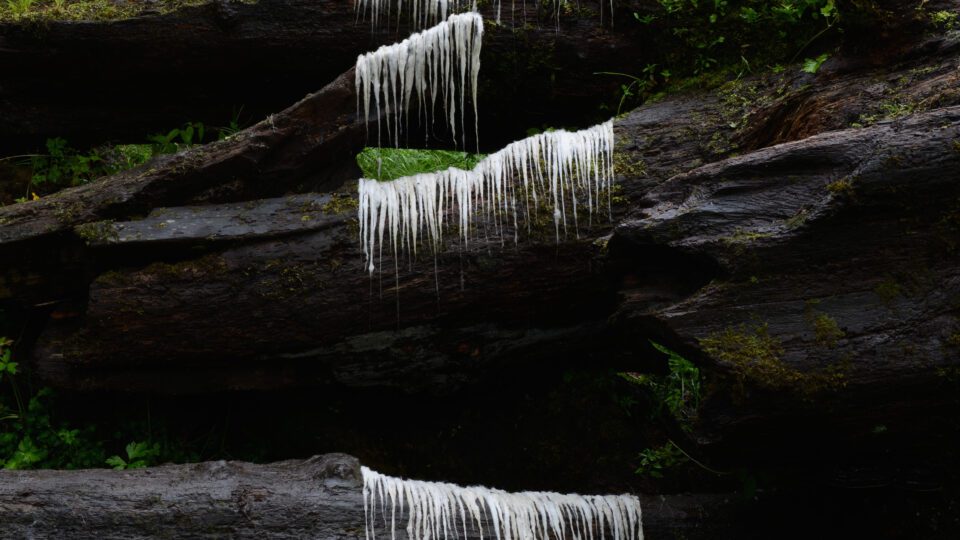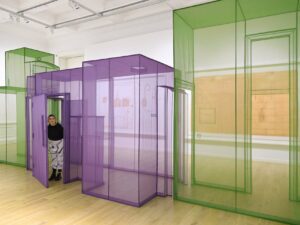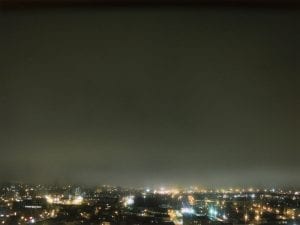“I first encountered Andy Goldsworthy at school – we were shown pictures of his sculptures and leaf works in art class,” says Tor Scott, Assistant Curator at National Galleries of Scotland. “I remember being captivated by how effortless they looked, and it really opened my eyes to the possibilities of working with nature, rather than simply depicting it in pencil or paint.” It is an experience common across the country, where Goldsworthy is frequently taught in classes. His creations – made from organic materials like clay, stones, branches, leaves, and ice – are often a jumping-off point for children to explore the interrelationship between art and the environment. For Scott, this early influence has come full circle, and she is now one of the lead curators of Andy Goldsworthy: Fifty Years. The National Galleries of Scotland exhibition, hosted at the Royal Scottish Academy, is the most ambitious indoor display of the artist ever held. Conceived as a single immersive experience, the show lays bare the beauty, majesty and brutality of nature. It is a fitting homage to a remarkable career that has shaped how we see the world.
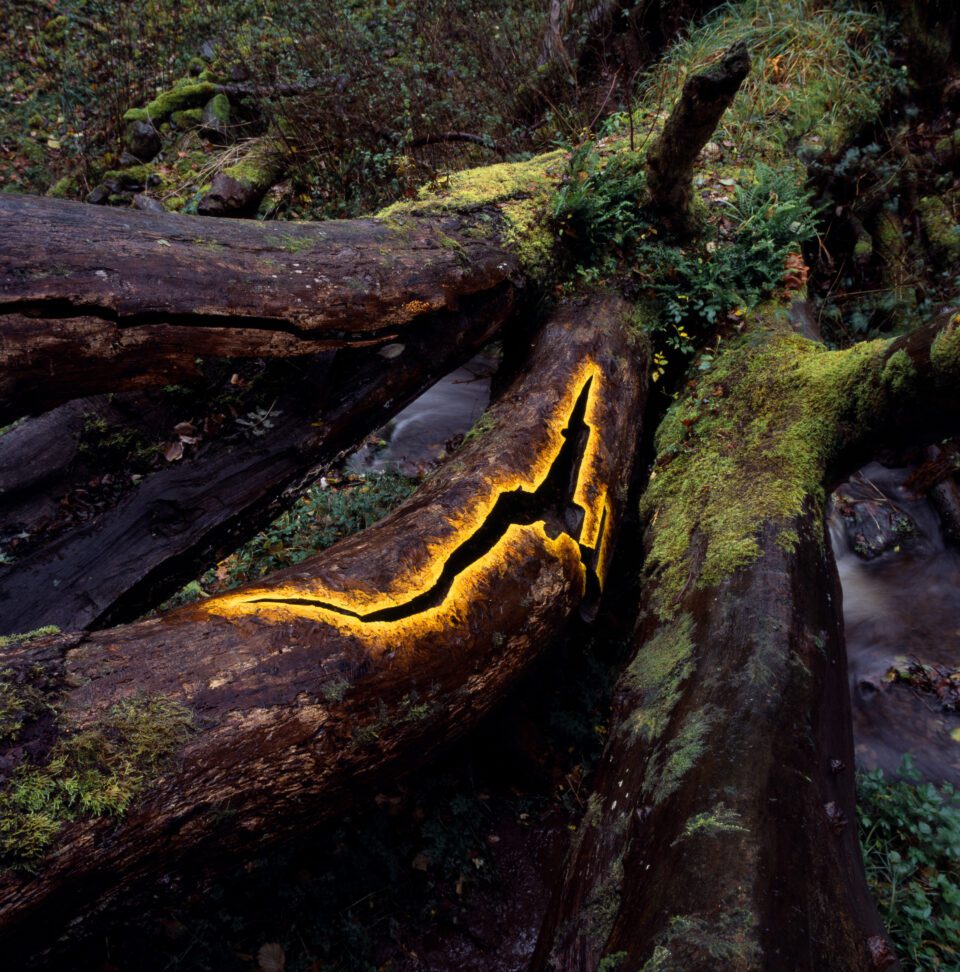
Goldsworthy, born and raised in Yorkshire, began his working life as a teenager, helping on a farm. His first job left a lasting mark. Tasks like harrowing the fields, bailing hay, picking out and piling stones and feeding animals are all echoed in his creative approach. He once said in an interview with The Guardian: “a lot of my work is like picking potatoes. You have to get into the rhythm of it.” There’s a physicality to farming that Goldsworthy never really left behind, translating the tangible, hands-on business of hard graft into his installations. It’s not surprising that a recent New York Times feature begins with the headline “A Decade of Bruising Labour.” His affiliation with the outdoors strengthened as he studied at Bradford School of Art and Preston Polytechnic between 1974 and 1978. He quickly became disillusioned with the studio, instead spending his time at Morecambe Bay, a tidal estuary a few miles north of Lancaster, where he formed sculptures out of sand, stone and his own body. Natural materials became a cornerstone of his practice, a method that saw him become one of the most influential Land artists of the 20th century. He has won both the Northern Arts Award and the Yorkshire Arts Award, receiving an OBE in 2000.
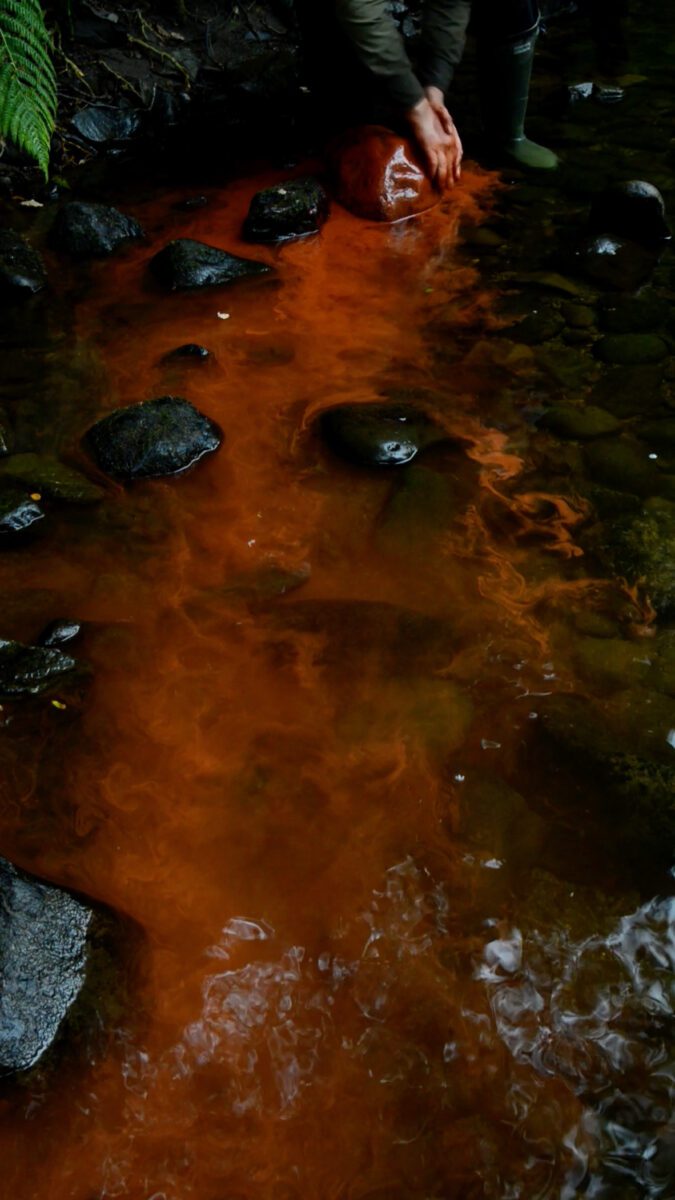
Goldsworthy’s love of the Scottish landscape is the heartbeat of this show. He lives in Penpont, a small village near Dumfries. He’s been based in the area for 40 years, having first moved there because of its affordability and proximity to wild spaces. At National Galleries of Scotland, the artist brings these distinctive surroundings indoors. “I don’t think I’ve ever had an exhibition that has paralleled the work that I’m making in the landscape here in Scotland,” Goldsworthy says. “That’s because the RSA is not far from where I live, so I have been able to make work in Dumfriesshire alongside visits to the gallery, which has become connected to what I am doing outside. I couldn’t have done this exhibition anywhere else. Actually, describing it as an exhibition seems wrong – it is a work in its own right.”
The first thing visitors encounter is Wool Runner, a carpet that covers the impressive marble staircase. Scott explains: “The fleece used to make the sculpture was locally and sustainably sourced by Goldsworthy, and each piece has a brightly coloured mark to indicate anything from the farmer who owned that particular flock to how many lambs the sheep might be carrying. In a way, it is like a snapshot of the Dumfriesshire countryside.” Local products and traditions are everywhere in the exhibition. The curator continues: “This exhibition is full of incredible installations, photographs, drawings and archival material, but if I had to pick one, my highlight would probably be Skylight. Itis a monumental sculpture made from nearly 10,000 reed mace, which were largely sourced from Loch Kinnordy in Angus. Goldsworthy has fitted the reeds together telescopically, and they look like they are raining down from the ceiling above. When you enter this sculpture, it has an almost spiritual atmosphere inside, it’s chapel-like.”
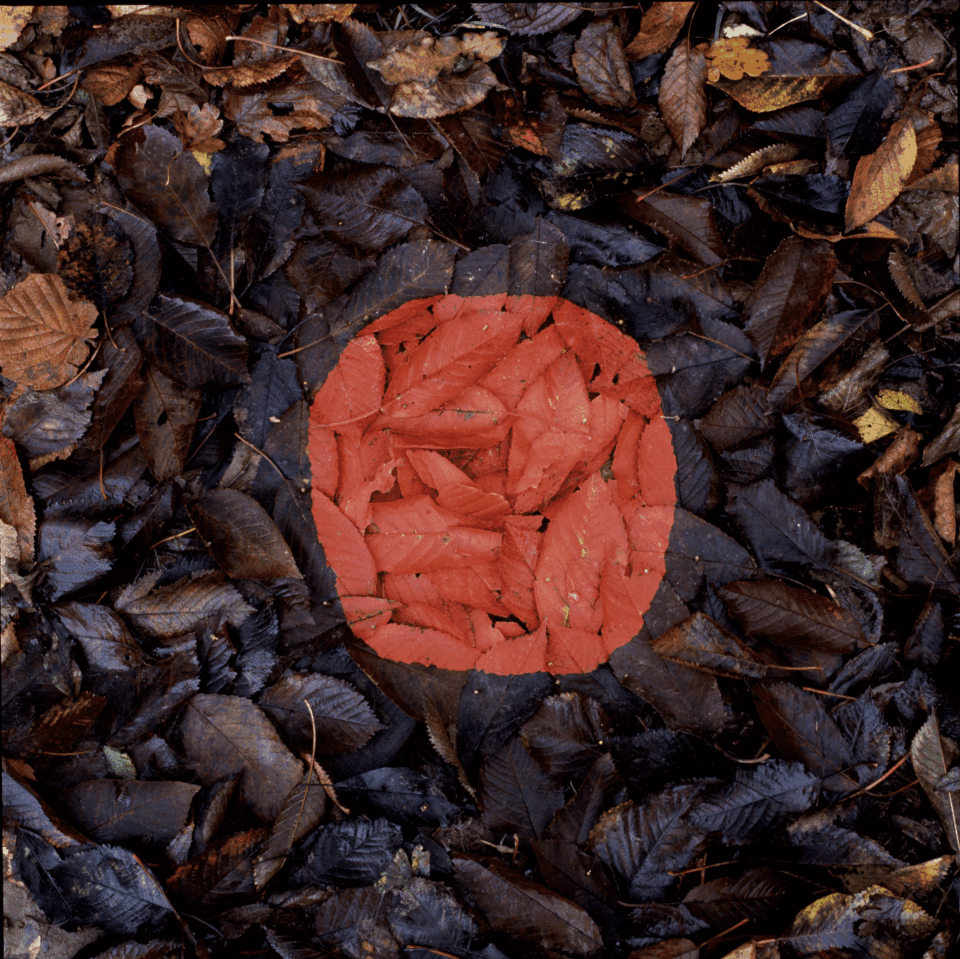
Yet, for every divine and ethereal creation, there is another highlighting nature’s brutality. In a time when 77% of the global population live in urban areas, and the average person spends 90% of their day indoors, a reminder that the countryside is more than a daytrip is more relevant than ever. Goldsworthy’s landscape is a harsh one. The over aesthicising of the natural world is a criticism that has been levied against Land Artists for decade. Back in 2004, critic Oliver Lowenstein wrote for the Fourth Door Review: “Repeatedly it is this word, ‘beautiful’, which is associated in the public mind with what Goldsworthy makes.”
This exhibition is enough to mitigate these accusations, with the curatorial team addressing the debate head on. Scott says: “Goldsworthy wanted to explore alternative ways of experiencing a landscape that is commonly romaticised, and to bring out the rawness, violence and challenges he encounters whilst working on agricultural land.” The artist often cites one particular example – a series of photos that portrays Goldsworthy skinning a rabbit, capturing the blood and gore of butchering an animal. The show at National Galleries of Scotland engages with the same concepts. The floor of one large room is entirely covered with stones left over from gravedigging, collected from over 100 locations across Dumfriesshire. The new piece explores the metaphorical correlation between the body and the earth – when a person is buried, the body takes the place of the stones, and the stones replace the body.
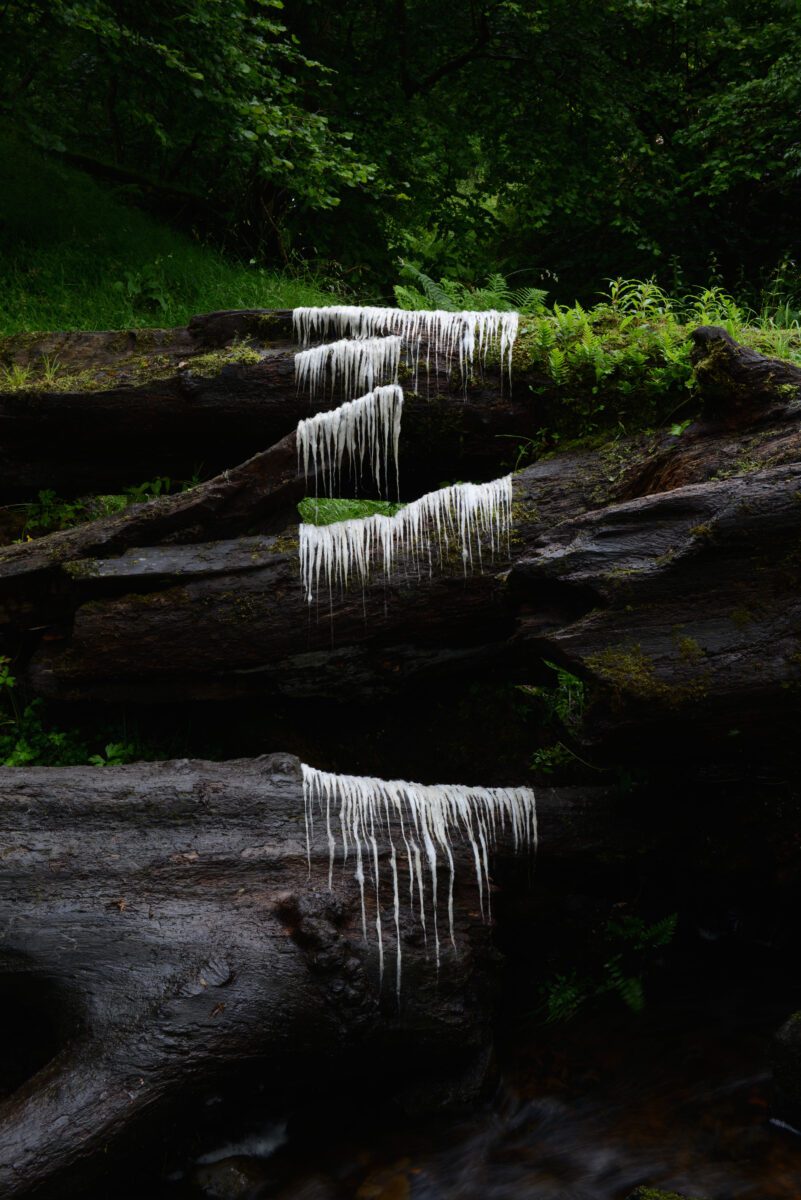
The artist doesn’t just see decay as a concept – it is the very foundation of his practice. There is an inbuilt obsolescence inherent to many of his works, dating right back to his first projects. Rain Shadows (1984) depicts the dry outline of a person on an otherwise wet ground. The idea was simple; Goldsworthy would lie down before it started raining and stay in that fixed position until it stopped. The resulting figure – photographed in pursuit of some level of permanence – remained only as long as the damp conditions allowed, either fading as the ground dried, or filled in by another spell of rain. Later, Storm King Wall (1997) examined similar ideas of ephemerality and the ability of nature to reclaim human intervention. The 2,278-foot dry-stone wall overlooked Moodna Creek in New York’s Hudson Valley, snaking its way through trees and saplings. It was traditionally built and designed to last, but the artist speculates that, eventually, the trees’ roots and trunks will cause the structure to slowly degrade. In Andy Goldsworthy: Fifty Years, a 20-metre-long installation fills the museum’s largest space with hundreds of branches, forming a narrow path through its centre. Made from leftover windfallen trees, Oak Passage is a reminder that the gallery floor was once a tree, and that a building is part of nature – just as we are.
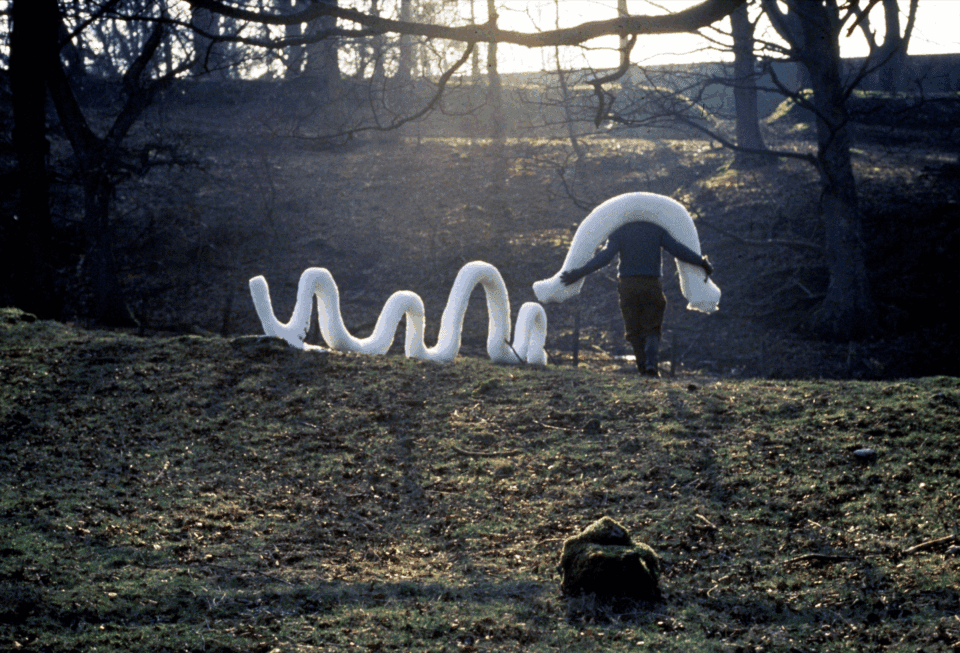
In this fascination with transience, Goldsworthy finds kinship with other 20th century Land Artists. The movement emerged in the 1960s and 1970s. It was not only a reaction against the commercialisation of art, and its confinement to galleries and museums, but also of the broader ecological concerns that developed in the same period. One pivotal figure was USA-based Robert Smithson. His Partially Buried Woodshed (1970), built on the grounds of Kent State University, Ohio, was an old outbuilding, partially buried on one side by 20 truckloads of earth, piled around and onto the structure until its central roof beam cracked. Smithson intended for it to break up slowly under the weight of the soil, and for vegetation to grow over the mound. He hoped it would not only decay but acquire “its own history.”
This preoccupation with degeneration and collapse is, in many ways, the cornerstone of Land Art. To make art from the Earth is to accept that, like all things, it is inherently transient – water wears down rock, leaves decompose, living creatures die. Yet, burgeoning environmental consciousness also left its mark, as artists reckoned with one increasingly certain fact: if we do not care for the world, it will be lost. The sentiment is continued by contemporary practitioners who, alongside Goldsworthy, continue to draw attention to the preciousness of the natural world. Desert X, an annual exhibition in California, showcases installations that meaningfully respond to the desert locations and Indigenous communities, spotlighting renowned artists like Agnes Denes who continue to drive forward Environmental practice.
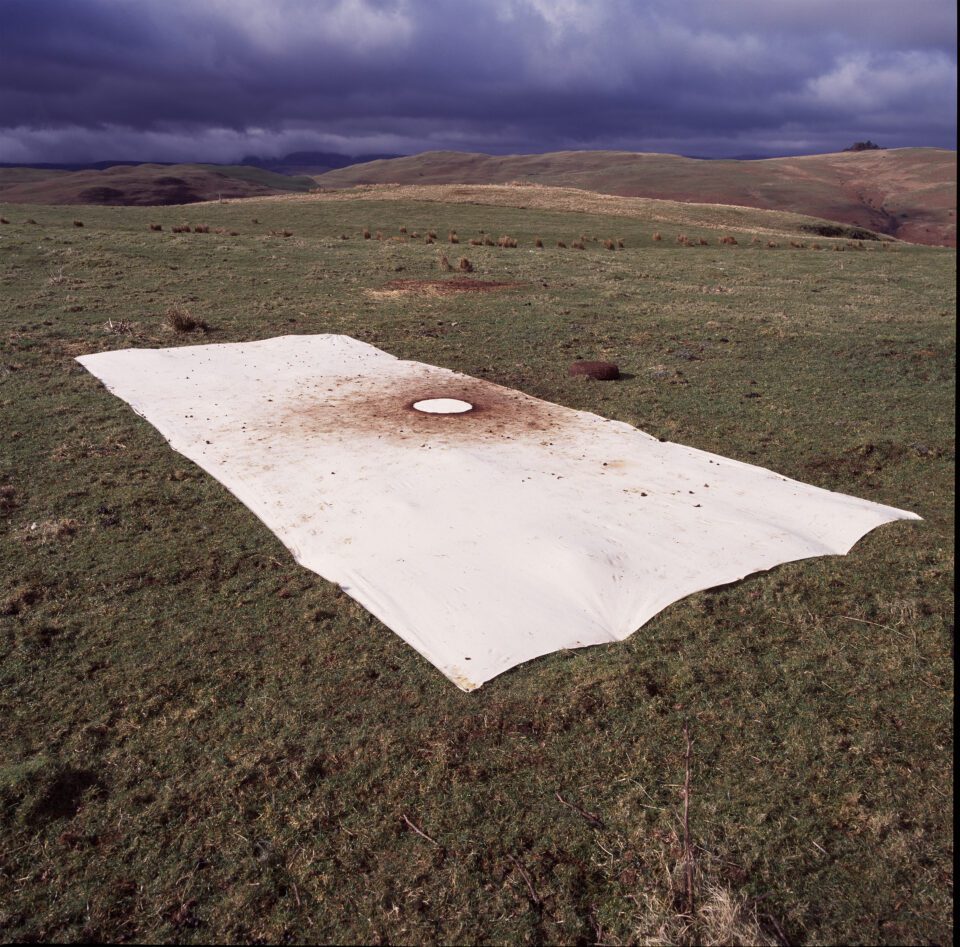
Goldsworthy engages with another contentious issue: the right to roam. In 2020, he joined 100 fellow creatives – including artist Jeremy Deller, writer Robert Macfarlane and musician Billy Bragg – in signing a letter to the Prime Minister, calling for an extension of the Countryside and Rights of Way Act (2000). The legislation enhanced public admittance to wild spaces. It was a positive move, but for many, it did not go far enough, only opening up 8% of the country. In contrast, Scotland’s Land Reform Act of 2003 grants every citizen the right to roam. Goldsworthy’s joint letter asked: “why should we in England be denied this right?” It’s a debate that rumbles on. In May 2025, the UK Supreme Court upheld the protestors’ demands that Dartmoor remain available to all. At National Galleries of Scotland, Goldsworthy constructs literal barriers everywhere, manifesting the social, political and cultural obstacles that many communities face when trying to visit green spaces. Rusted barbed wire stretches across a room, whilst another is dominated by a massive, cracked clay wall. In the gallery, as in life, not all spaces are made readily accessible.
Andy Goldsworthy: Fifty Years is sure to be one of the exhibitions of the year. Monumental in scale and depth, it is a fitting testament to a career that has shaped how countless people view nature and art. Visitors step into Goldsworthy’s world – constructed from branches, clay, ice, leaves and stone – revealing new ways of connecting with the environment, and with one another.
Andy Goldsworthy: Fifty Years is at Royal Scottish Academy until 2 November: nationalgalleries.org
Words: Emma Jacob
Image Credits:
1&4. Andy Goldsworthy, Elm leaves held with water to fractured bough of fallen elm. Dumfriesshire, Scotland. 29 October 2010, 2010. From Fallen Elm, 2009–ongoing, 90 archival inkjetprints. Courtesy of the Artist.
2. Andy Goldsworthy, Edges made by finding leaves the same size. Tearing one in two. Spitting underneath and pressing flat on to another. Brough, Cumbria. Cherry patch. 4 November 1984, 1984. Courtesy of the Artist.
3. Andy Goldsworthy, Wool. Hung from fallen elm. Dumfriesshire, Scotland. 6 August 2015, 2015. From Fallen Elm, 2009–ongoing, a suite of 90 archival inkjet prints. Courtesy of the Artist.
5. Andy Goldsworthy, Red riverrock. Dumfriesshire, Scotland. 19 August 2016, 2016. Courtesy of the Artist.
6. Andy Goldsworthy, Frozen patch of snow. Each section carved with a stick. Carried about 150 paces, several broken along the way. Began to thaw as day warmed up. Helbeck, Cumbria. March 1984, 1984, Cibachrome photograph. Courtesy of the Artist.
7. Andy Goldsworthy, Stretched canvas on field, with mineral block removed, after a few days of sheep eating it, 1997. Courtesy of the Artist.


